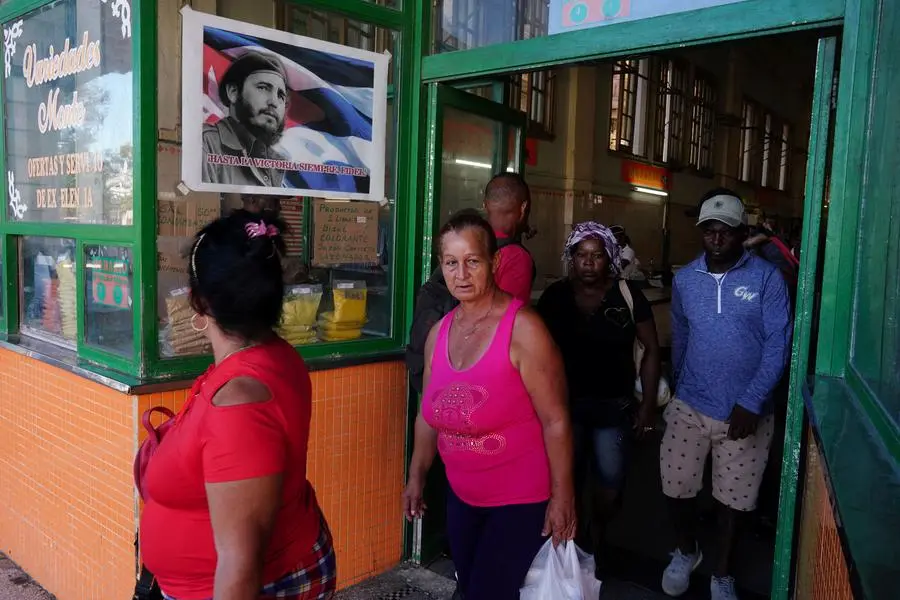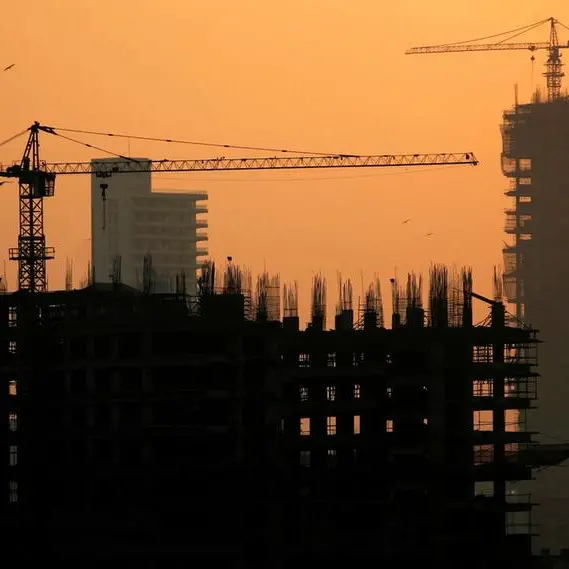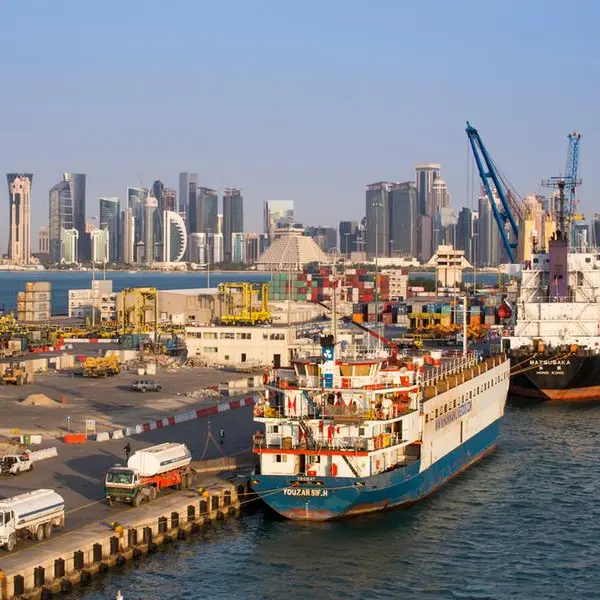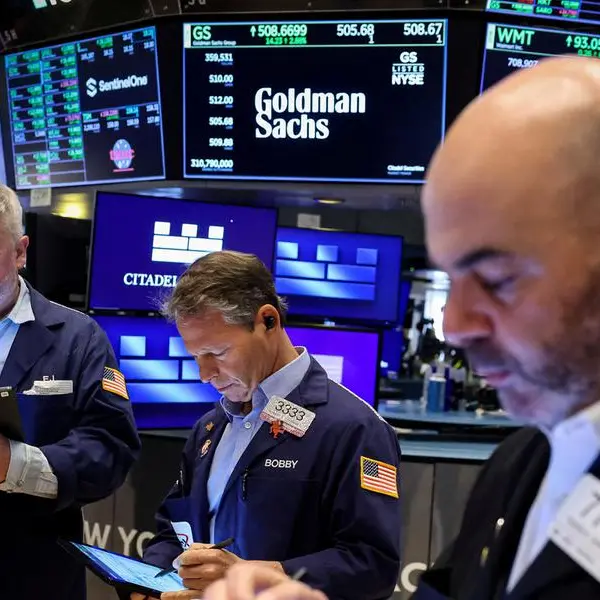PHOTO
Havana cafeteria owner Claudia Ramirez likens the Cuban peso to a piece of chocolate in hand on a hot day.
“It has melted, faster and faster and now is almost worthless, making running my business nearly impossible,” she said.
The peso, worth roughly four U.S. cents in July, is now officially valued at less than a penny. The unofficial rate has soared since then to 200 to 1, a historical low that has slashed Cubans' savings and buying power.
Inflation, meanwhile, is soaring out of control: government estimates put inflation at 77% in 2021, though independent experts say it soared into the triple digits to as much as 500%.
Official estimates put it at 28% in the first six months of 2022 and the price of some staples have risen sharply. The price of pork, for example, has nearly doubled to 400 pesos per pound this year.
The deepening economic crisis - now in its third year - has increasingly become a political problem for Cuba´s embattled government, which has failed to offer effective solutions and is struggling to maintain credibility.
President Miguel Diaz-Canel's administration has promised to tame inflation, provide uninterrupted electricity and improve supplies of basic goods like food and medicine.
But it has struggled to make good on those promises, and Cubans have taken to banging pots from their windows and balconies and gathering in the streets in rare protests to demand the government do better.
Patterns of broken promises tend to erode governments' legitimacy over time, said William LeoGrande, a professor of government at American University in Washington.
"Obviously, unforeseen events, like Hurricane Ian, can upset the best laid plans," said LeoGrande. "But when promises are broken over and over ... the political consequences can be very dire."
PESO TROUBLES
In early August, the Cuban government, which had previously fixed the dollar at 25 pesos, announced a new special rate for citizens and tourists of 120 pesos to the dollar, on par with the thriving black market. At the time, Economy Minister Alejandro Gil said it would help stabilize the local currency.
Since that announcement on August 3, the peso´s value has plunged by more than 50% on the informal market.
Pavel Vidal, a former economist at Cuba's central bank, said the precarious drop signaled something more than the usual demand for dollars to immigrate or purchase goods in state specialty shops was at play.
"This debacle has led people to no longer trust that the government can control the exchange rate, nor inflation, so they are purchasing dollars more than ever as a tool to hold value,” he said.
The Cuban government did not respond to a request for comment.
The government has previously blamed the crisis on Trump-era sanctions aimed at key tradable currency earners such as tourism and remittances on top of the long-standing U.S. trade embargo and the COVID-19 pandemic for gutting tourism. Those setbacks have merged with an already inefficient state-dominated economy.
Market-oriented reforms approved by the population and then the Communist Party more than a decade ago are only now being slowly implemented.
Bad luck has also played a role. Hurricane Ian in September laid waste to the westernmost province of Pinar del Rio, knocking out the country´s electric grid. And two months earlier, a spectacular blaze officials say was caused by a lightning strike destroyed nearly half the country's fuel storage capacity at its supertanker port in Matanzas.
UNRELENTING BLACKOUTS
President Diaz-Canel went on television in June to annouce that blackouts in the provinces, which had become daily occurrences and lengthened since March, would not end by summer as he had initially promised.
In August, he was forced to backtrack again, saying a solution would be delayed until year's end.
There is no easy fix, given Cuban power plants are obsolete and in desperate need of maintenance, said Jorge Pinon, senior research fellow at the University of Texas at Austin’s Energy Institute.
“The president cannot pull a rabbit out of his hat,” he said. “There is no time or money to fill the (power) generation deficit, which is at 33% of installed capacity."
Retiree Anaida Gonzalez from the central Camaguey province said power is out for at least 11 hours daily where she lives. There have been several protests in the region over the last few months.
“Of course the government is losing its credibility. It promises and promises and nothing changes,” she said. (Reporting by Marc Frank, editing by Dave Sherwood and Deepa Babington)





















